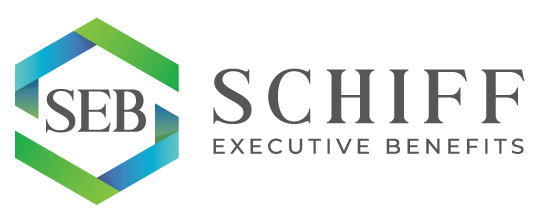2014 – The Year The Pie Changes – (Allison Bell – Author Reprint)
In less than 3 years, U.S. employers may have a chance to use much of the money now spent on group health coverage for other purposes – such as increasing the income of highly paid employees.
Paul Fronstin, a researcher at Employee Benefit Research Institute (EBRI), Washington, writes about the possibility of employers dropping coverage — and using some of the savings to increase the pay of highly paid employees — in an analysis released by EBRI.
Some of the negotiators involved in drafting the Patient Protection and Affordable Care Act of 2010 (PPACA) went to great lengths to try to tailor the act in such a way that it would not crowd out much private group health coverage when major provisions take effect in 2014.
In 2014, health insurance exchanges are supposed to give consumers a “one-stop” health insurance shopping system along with health coverage purchase subsidies delivered in the form of tax credits. Employers over a certain size will have to choose between offering group health coverage or paying a penalty.
To qualify for health insurance purchase tax subsidies, workers must have incomes below a cut-off. They also must be ineligible for employer-sponsored coverage or be eligible for group coverage that costs more than 9.5% of their income or covers less than 60% of the cost of covered care.
It’s possible that PPACA opponents could have the act repealed or declared unconstitutional, Fronstin says.
But, if PPACA takes effect and works about as expected, Congress could still throw off projections about PPACA private group health coverage by imposing a tax on all or part of employer group health benefits expenditures, Fronstin says.
Critics of the group health benefits tax exclusion argue that it will cost the government about $1.1 trillion in revenue from 2012 to 2016 while doing more to help higher-income workers than lower-income workers. About 53% of the U.S. residents who have employment-based health coverage have annual incomes over 400% of the federal poverty level, or about $88,000 for a family of 4, while only 6% have incomes under 133% of the federal poverty level — the 2014 Medicaid income cut-off, according to EBRI figures.
Employers that issue 250 or more W-2’s must start reporting the value of group health benefits on the forms starting Jan. 1, 2013.
“Given that the information on the value of health benefits will already be reported on Form W-2, employers will already be providing enough information to workers to include the value of the benefit on tax returns for purposes of taxation of the benefit,” Fronstin says. “Once employment-based health benefits are counted as taxable income, workers would start questioning the value of keeping such coverage rather than seeking coverage on their own in the insurance exchange.”
The typical worker could be paying about $1,500 in annual premiums for employer-sponsored employee-only coverage and about $6,600 for family coverage in 2014, Fronstin says.
“Some workers will find that the net premium in the health insurance exchange is lower than their share of the premium under an employment-based plan, even when the employer portion of the premium is excluded,” Fronstin says.”If employers gave workers 60% of the employer share of the premium for employee-only coverage, and only 21% of the employer share of the premium for family coverage, then all workers below 400% of the federal poverty level would be able to cover their full share of the premium in the insurance exchange…. Even if only a fraction of these workers preferred coverage through an insurance exchange, it would send a clear message to employers that millions of workers no longer valued employment-based health benefits.”
If workers signal to employers that they prefer buying health insurance through an exchange, “employers would then start to ask themselves why they should continue to offer health coverage,” Fronstin says. “At that point, they might simply drop the benefit, which would enable workers to get subsidized coverage in the exchange. Predicting how this might play out by firm size, industry, worker earnings, geographic region, among other things, is highly uncertain.”
The “buy your own coverage” approach would leave an employer about $2,000 left over per worker with employee-only coverage and about $8,500 per worker with family coverage, and the employer could use that extra cash to pay the $2,000 PPACA penalty for not offering coverage, Fronstin says.
“What about workers above 400% of the federal poverty level?” Fronstin asks. “Employers that dropped coverage could increase their compensation on an after-tax basis using part or all of the savings from the employer share of the premium that was not paid out to lower-income workers.”


